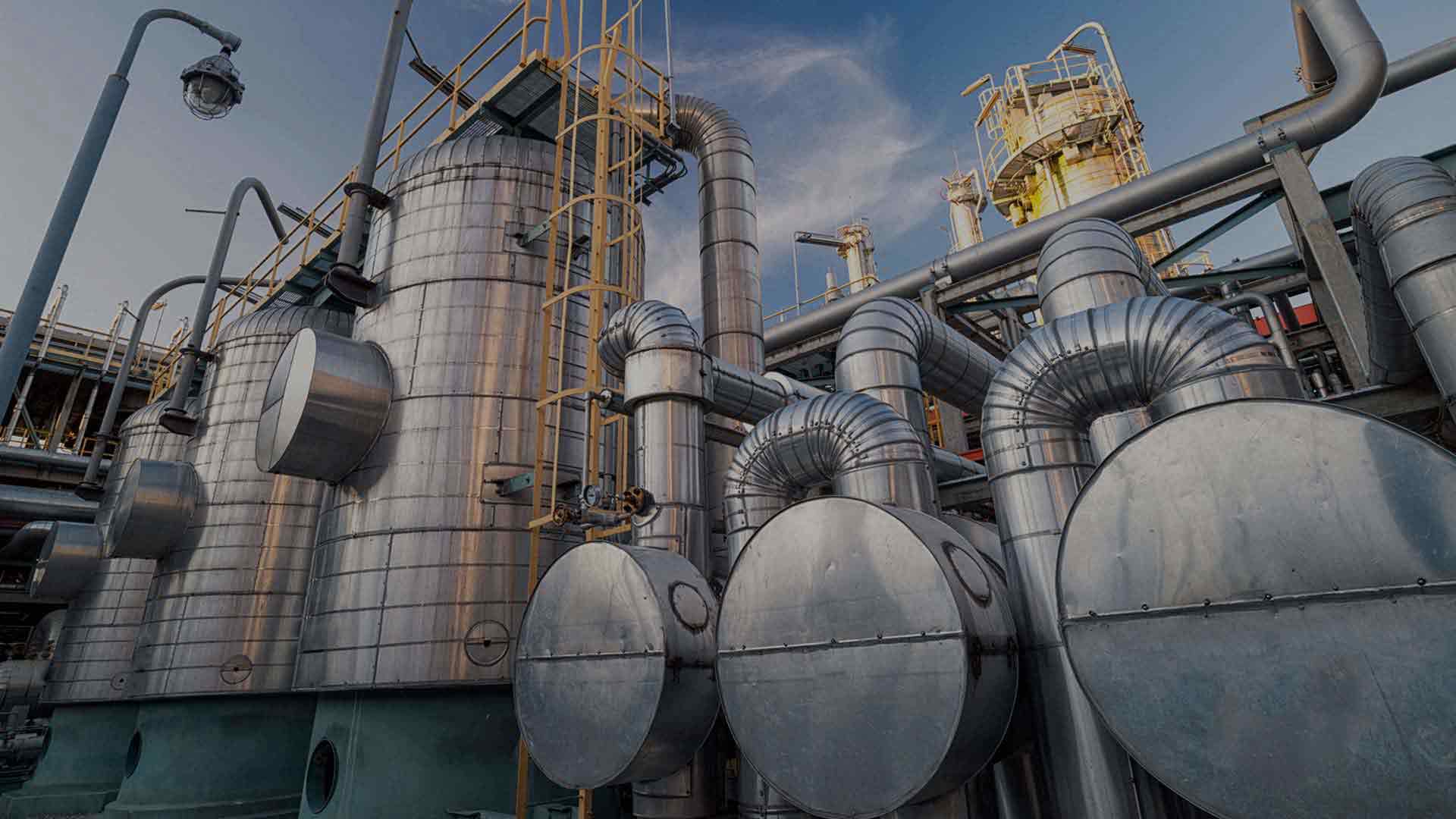
Sustainable development is a crucial issue in our time. Faced with the challenges brought by climate change and air pollution, finding solutions to limit the impact on the environment has become a priority. And it is over the past few years that one solution has been put in the spotlight as tomorrow’s potential sustainable fuel: hydrogen.
Hydrogen is the most abundant atom in the Universe, and its use is not new, as it has been exploited for many industrial processes such as oil refining or fertilizers. Hydrogen is not a primary energy source, but an energy carrier. It must first be transformed into dihydrogen, its molecular form (H2), so that it can then be transported, stored, and finally used to generate energy. There are two main methods of doing this. The first is to burn it in turbines like a conventional fuel. The other method is the use of hydrogen in fuel cells, or hydrogen fuel cells, to produce electricity and heat. Today, this ubiquitous molecule on earth, which is highly energy-intensive and non-polluting, is emerging as the fuel capable of turning heavy industry green. It is therefore a subject of innovation whether for its production, distribution, or usage.
On Wednesday 8th July, the European Commission presented a strategy dedicated to hydrogen to pave the way towards a more sustainable Europe in the energy sector. More precisely, the EU wants to achieve 12-14% hydrogen in its energy mix by 2050, with funding estimated at €180-470bn. On a French scale, the economic recovery is an opportunity for the country to position itself at the forefront of breakthrough technologies by using decarbonated hydrogen. France places great hopes on hydrogen for developing and deploying emission-free mobility solutions and for storing energy and providing complementary responses to the use of renewable energies. The massive acceleration of investments in hydrogen is proof of this. Indeed, France plans to commit 7 billion euros between now and 2030 including 2 billion euros from the recovery plan for the decarbonization of the industry. The objective is to contribute to the achievement of carbon neutrality by 2050, the development of heavy mobility using hydrogen, and the support for excellent research and the development of training offers. The challenge of this strategy is to encourage a rapid transition to industrial-scale to allow a significant reduction in production costs.
Paris Region, a region where hydrogen is booming
Paris Region has ambitious objectives for the energy transition, notably through its Energy-Climate Strategy adopted in 2018. To achieve this, Paris Region has set itself the target of producing 37 TWh of renewable energy – 30% of which is used for heat via the networks and 100% of the energy consumed by 2050.
Paris Region also signed a charter with France Hydrogen to commit to the energy and climate transition in the region. To achieve this, Paris Region is banking on innovation to offer an area for full-scale experimentation with new emerging technologies and wishes to encourage territories to welcome and promote this type of local initiative. With a fleet of nearly 6 million vehicles, significant potential for the development of renewable energies, and leading hydrogen players, the region is a key territory for the place of hydrogen in the energy transition. To date, there are more than 150 hydrogen vehicles and 7 stations in service.
To learn more on Paris Region’s strategy for Hydrogen, we interviewed Thomas Hemmerdinger, Project Manager of the Energy Transition and Circular Economy for Institute Paris Region. Among his missions, Thomas Hemmerdinger runs the Paris Region Hydrogen Club (Club Hydrogène Île-de-France).
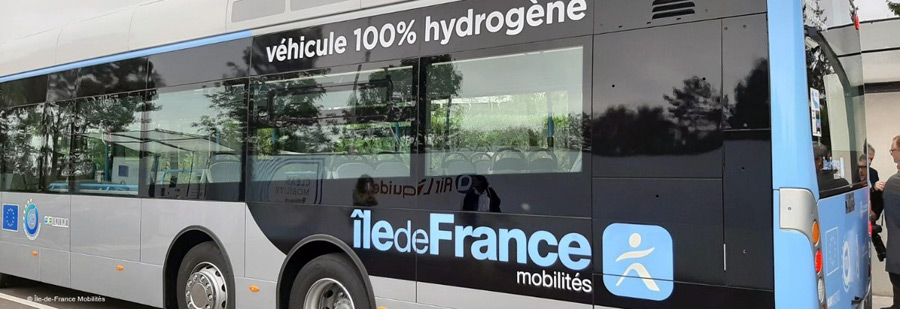
© Île-de-France Mobilités
Please could you tell us more about Club Hydrogène Île-de-France (Paris Region), and your role in the organization?
Faced with the rapid development of the hydrogen sector in France and Paris Region as well as the increased demands of the stakeholders, the regional institutions wanted to unify the initiatives and bring the players together around a common object: the Hydrogen Club. My role is to coordinate the Club's activities with partners and to animate the network of members from a wide range of backgrounds (e.g. companies in the industrial sector, mobility, energy, waste, start-ups, local authorities and institutions) in order to create a regional network and help people take ownership of this complex subject.
In your opinion, what are the major advances in the hydrogen sector in the region?
The main advancement would be the growing importance given to hydrogen solutions within the framework of the carbon neutrality objective by major industrial groups, institutions, and intensive transport players. Hydrogen is no longer seen as an anecdotal solution for clean mobility but as an essential element in meeting the challenges of energy transition and air quality. There is an increasing number of projects entering very diverse partnerships and seeking local production from renewable and recovery energies as well as distribution with multi-energy stations shared with captive fleet managers (logistics, passenger transport, etc.) to secure the sale of hydrogen.
According to you, what are the prospects for the development of hydrogen in Paris Region?
It is now a matter of implementing the projects in progress in order to make the status of hydrogen in Paris Region better known among local players and the general public. One of the challenges is also to develop a green hydrogen production chain, based on local renewable energy sources, at a competitive price and with a distribution system that ensures a coherent and secure network throughout the region with clearly identified users. Finally, the major players in the logistics sector seem to be prime targets to accompany them in the hydrogen mobility solutions in the low-emission zones that are currently being deployed in order to ensure the sustainability of clean logistics in the heart of the city.
Mobility, a promising sector for hydrogen in Paris Region
Transport is the largest contributor (30%) to greenhouse gas (GHG) emissions, and road transport accounts for 95% of CO2 emissions from transport. In addition, road transport is the leading emitter of nitrogen oxides and emits 31% of fine particles PM10 and 34% of PM2.5. In Paris Region, the "clean vehicles" scheme has enabled the purchase of more than 150 hydrogen vehicles, which accounts for half of the hydrogen vehicles on the road in France.
In the mobility sector, the development of decarbonated hydrogen offers zero-emission mobility without noise pollution, while maintaining autonomy and recharging speed equivalent to those of thermal vehicles. Hydrogen mobility is thus a vector of the energy transition that the Region wishes to accelerate as a complement to electric mobility and NGV. For instance, the Yvelines department has launched the first hydrogen-powered buses between Jouy-en-Josas and Versailles. The gas giant, Air Liquide, is in charge of hydrogen supply and distribution. The buses are tested for a period of seven years to assess their consumption, autonomy, and operating and maintenance costs.
To learn more about the use of hydrogen vehicles in the region we interviewed Mathieu Gardies, founder and president of STEP (Société du Taxi Electrique Parisien).
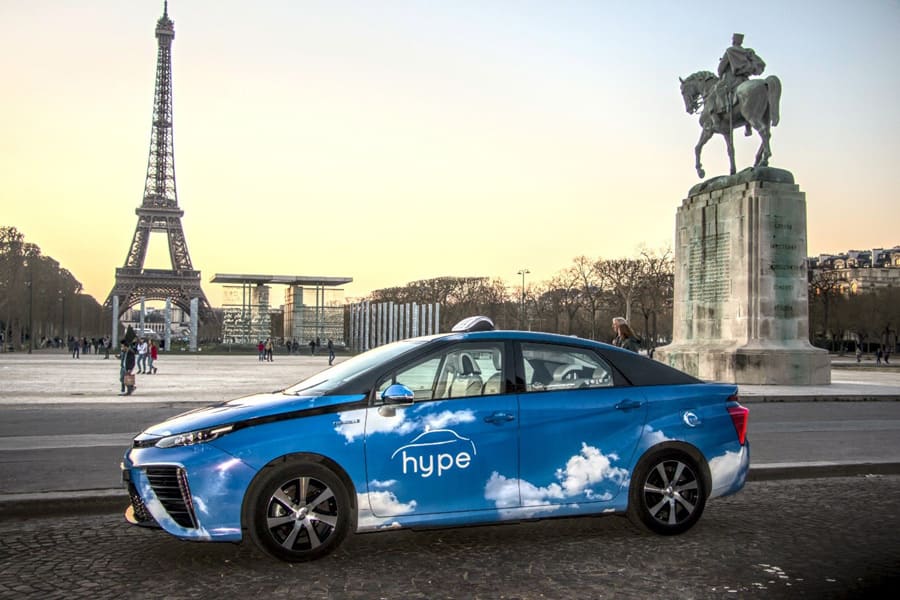
© Hype
Could you please tell us more about your company and your role in the organization?
I am the founder and president of STEP (Société du Taxi Electrique Parisien), whose objective is to rapidly deploy efficient solutions that enable essential urban fleets such as taxis to go to zero emissions. Our organization has launched the first fleet of hydrogen taxis in 2015 during COP21 Hype.
What is the current status of your projects? And what are your future development objectives (particularly regarding your last fundraising)?
The development of the project will now accelerate considerably thanks to the acquisition of the Slota group, which was completed at the end of 2020. This will enable us to exceed 700 Hype taxis in Paris by the end of 2021. We have launched the new Hype app, which enables customers to choose a zero-emission taxi for the same price, and we are aiming for 10,000 hydrogen taxis by the 2024 Olympics. At the same time, we are accelerating the deployment of the hydrogen network in Paris Region via the HysetCo structure created by STEP in 2017. And this year, we will begin our deployment in other cities in France and Europe.
What advantages does hydrogen offer over other zero-emission technologies? What is your strategy to encourage taxi drivers to prefer this type of vehicle?
In an intensive and random use such as the Parisian taxi, for drivers who often cannot recharge at night (thanks to collective housing), battery electric vehicles are not suitable. Even with high autonomies, the fact that it is possible to fill up a real tank of more than 500 km in a few minutes makes the hydrogen solution more efficient for this type of activity.
Since 2015, Parisian taxi drivers have seen this solution work with our salaried drivers. And by the end of 2021, the network of stations will be sufficiently developed to offer the solution to all independent drivers. We are also counting on our customers, who will show drivers that they support and accompany this necessary transition to zero-emission by favoring the Hype app.
Paris Region is paving the way for the hydrogen revolution in the aviation sector
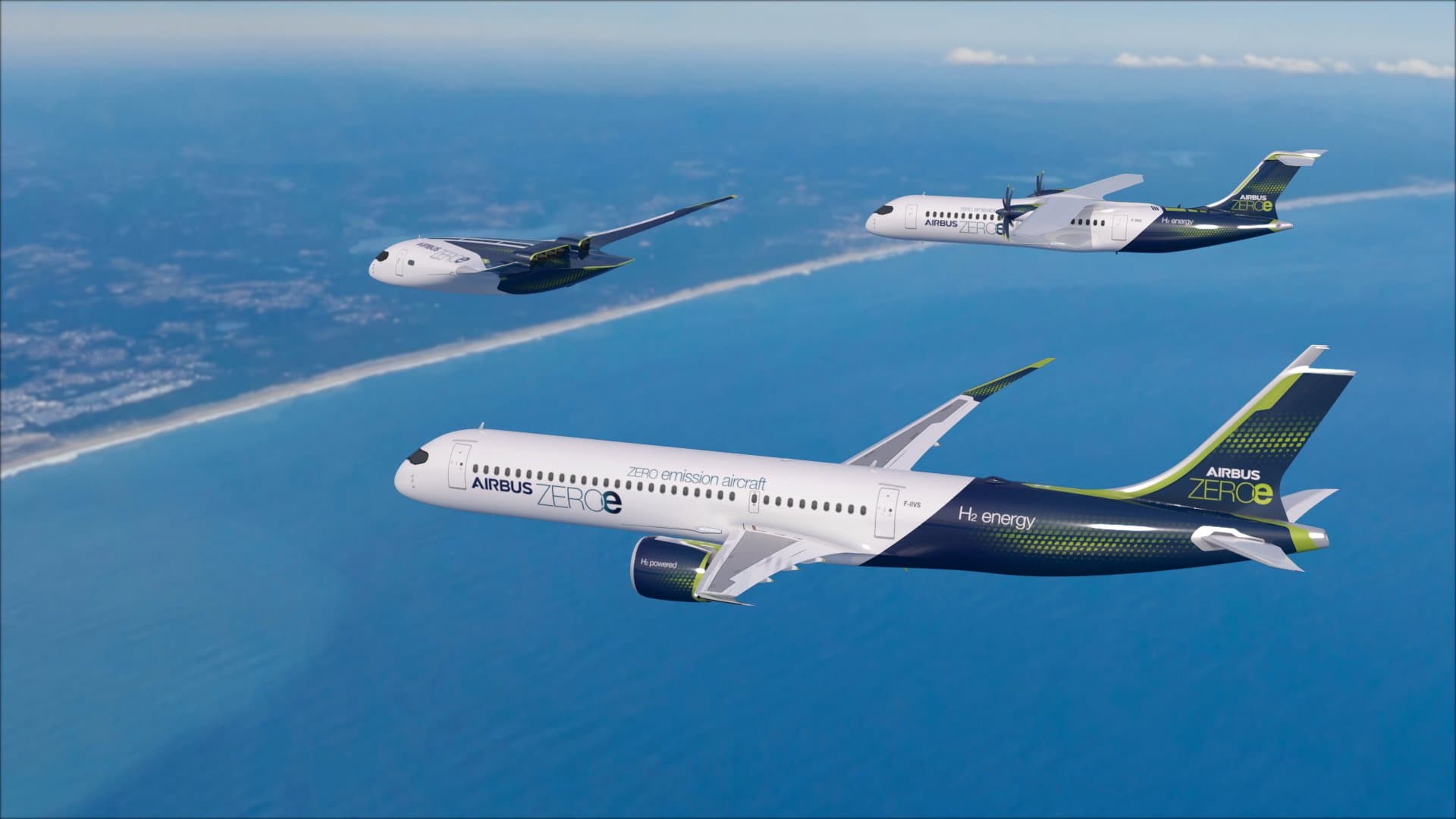
© Airbus
Aware that the advent of hydrogen will revolutionize the way airport infrastructures are designed and operated, Paris Region, Choose Paris Region, Groupe ADP, Air France-KLM and Airbus are launching an unprecedented worldwide call for expressions of interest for the hydrogen branch in airports. The five partners share common ambitions: to identify and qualify research advances in research and technologies, to test the economically viable solutions that will meet the needs of hydrogen at an airport, and to prepare in the medium term the challenges of its supplies and uses in a larger scale – particularly, with a view to operate a future hydrogen-powered aircraft.
This unprecedented call for expressions of interest focuses on three main themes:
- Storage, transport, and distribution of hydrogen (gaseous and liquid) in an airport environment (storage systems, micro-liquefaction, aircraft fueling, etc.)
- Diversification of hydrogen use cases in airports and in aeronautics (ground handling vehicles and equipment, rail transport at airports, energy supply for buildings or aircraft during ground operations, etc.)
- Circular economy around hydrogen (recovery of hydrogen dissipated during liquid hydrogen fueling, recovery of a by-product from a reaction to produce decarbonated hydrogen, etc.)
Applicants will be open till March 19, 2021, via the website https://www.h2hubairport.com/ and selected projects will be disclosed at the end of April.
Franck Margain, President of Choose Paris Region, has stated: "Thanks to the collaboration of the public and private actors involved in this call for proposals, we wish to contribute very concretely to the implementation of new innovative and sustainable solutions that side with the energy transition commitments made by Paris Region”.
Choose Paris Experts
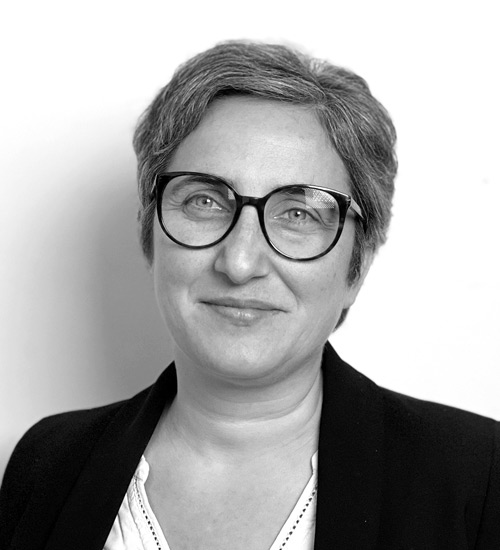
Sevinç Ar
Smart City & CleantechExpert

